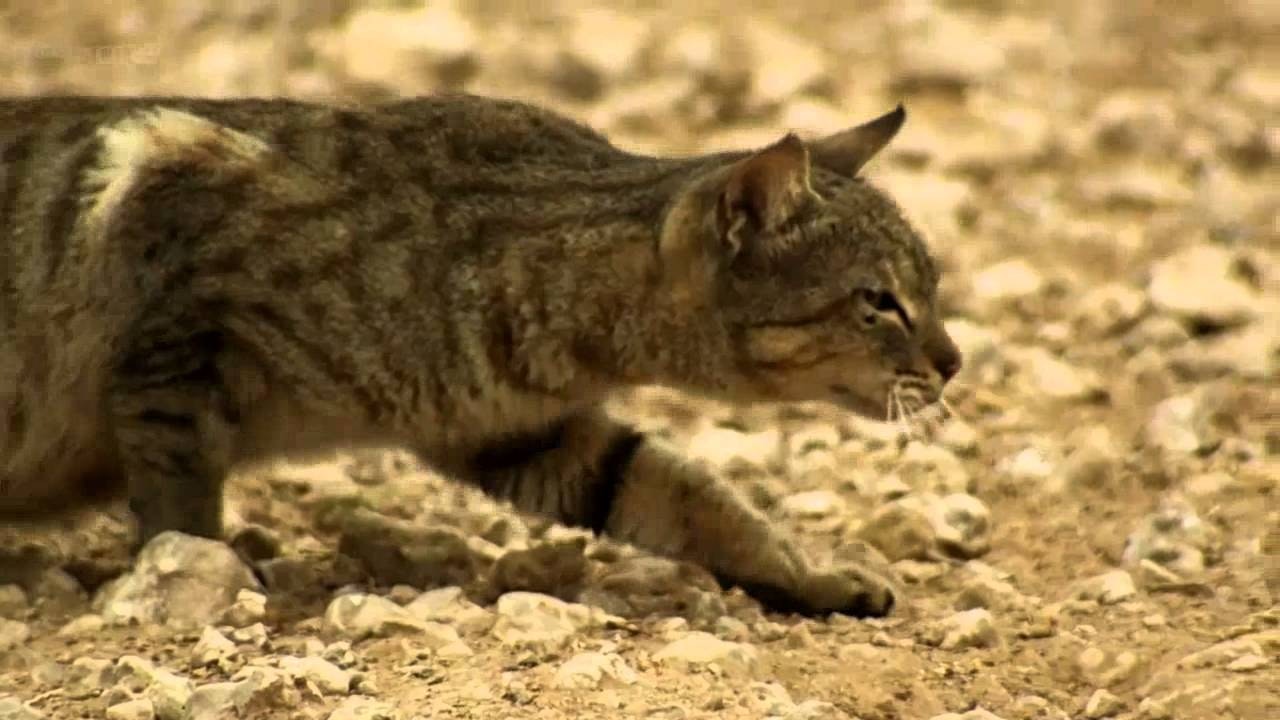Did You Know? Flushed Kitty Litter Harms Sea Otters

Years of careful studies have confirmed that parasites passed by bobcats, feral cats and our domestic cats are killing sea otters. Toxoplasma gondii enters the ocean via stormwater and wastewater outfalls and becomes concentrated in snails and filter feeders like mussels – both favorites of otters. Surveys showed that 70 percent of stranded otters harbored the parasite.
Cats become infected after eating wild animals and can shed millions of long-lived eggs even when they show no symptoms. The pathogen can survive wastewater treatment -- so all litter and feces should go in the trash. The eggs also survive composting and stay infective in soil for many months in both hot and cold climates.
So what can we do?

- Keep cats indoors, but if you do allow your cat outdoors, it’s a good idea to have litter boxes both inside and out. That way feces never actually enters the environment. If your cat does poop outdoors, collect and dispose of it by placing it in a plastic bag before putting it in the trash.
- Spay or neuter your pet cat. A lower domestic cat population means that there are fewer cats roaming around to catch and spread Toxoplasma gondii.
- Reduce the amount of direct runoff to waterways by supporting wetland conservation and reconstruction, as well as other natural lands that border our waterways.
- Think green when designing your home or landscaping your yards. Leaving as much natural cover as possible will help rainwater trickle back into aquifers instead of generating runoff.
Protect sea otters – don’t flush kitty litter down the toilet. Let's help this already threatened species.
